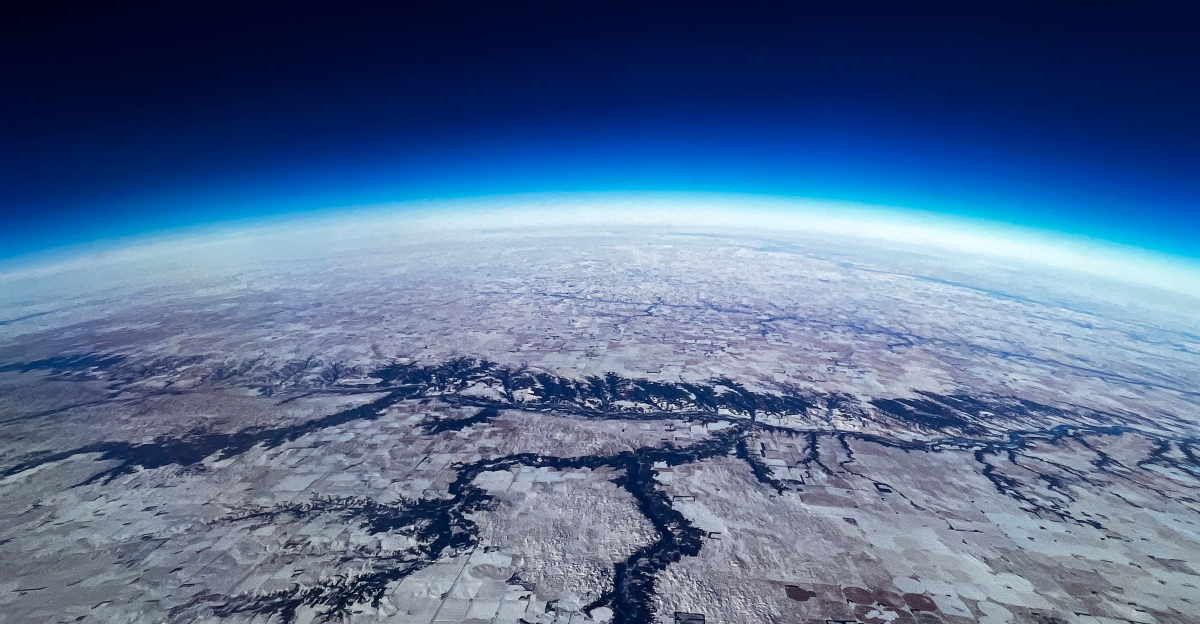
Recent scientific discoveries have sparked a compelling question: Is Earth on the brink of entering another ice age? While this concept might seem pulled from the pages of science fiction, a growing body of research suggests that our planet’s climate balance rests precariously.
“It’s startling to think we could be on the cusp of such a dramatic change,” says Dr. Emily Novak, a climate researcher. Scientists are piecing together complex data that spans hundreds of thousands of years. So, as debates heat up, the world watches closely to see what new insights will surface in the ever-evolving climate puzzle.
The Unseen Dynamics
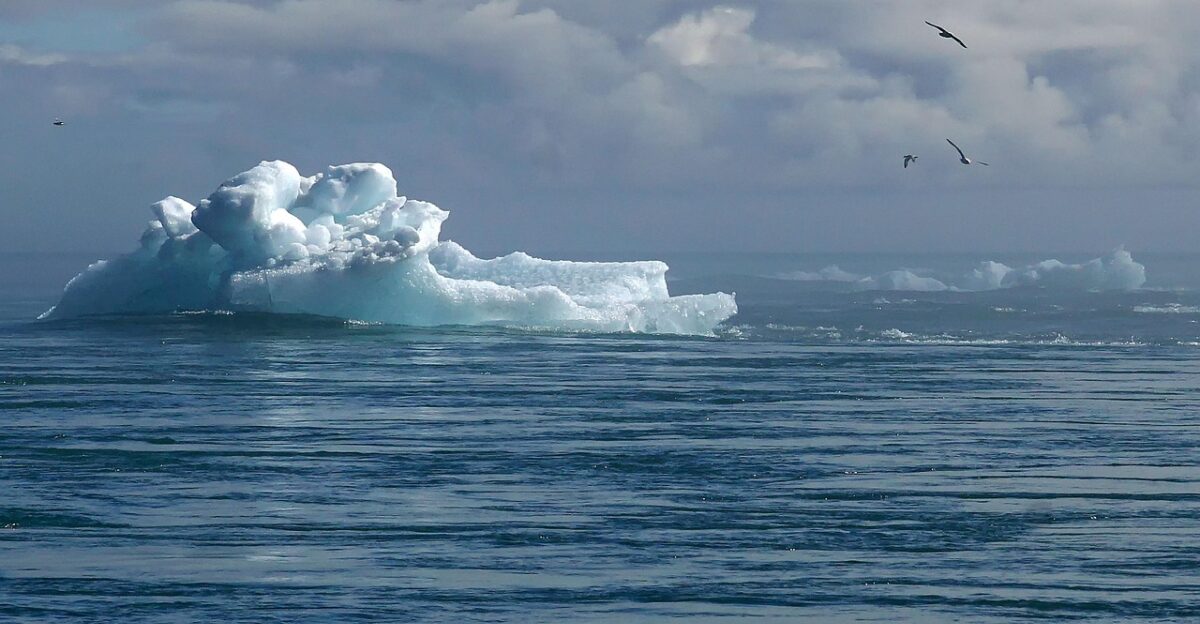
Earth’s climate system is more than a simple narrative of warming; it operates through ancient glacial cycles that function according to slow planetary rhythms. These fluctuations are subtle but significant, influencing climate patterns over millennia.
“Understanding these cycles is crucial for our future,” asserts Dr. Harold Kim, a climate analyst. It’s not merely scientific curiosity; these shifts could redefine how we approach climate policy. As each natural change accumulates, it drives a deeper understanding of the complexities involved in climate debates and the policies that follow.
A Historical Perspective
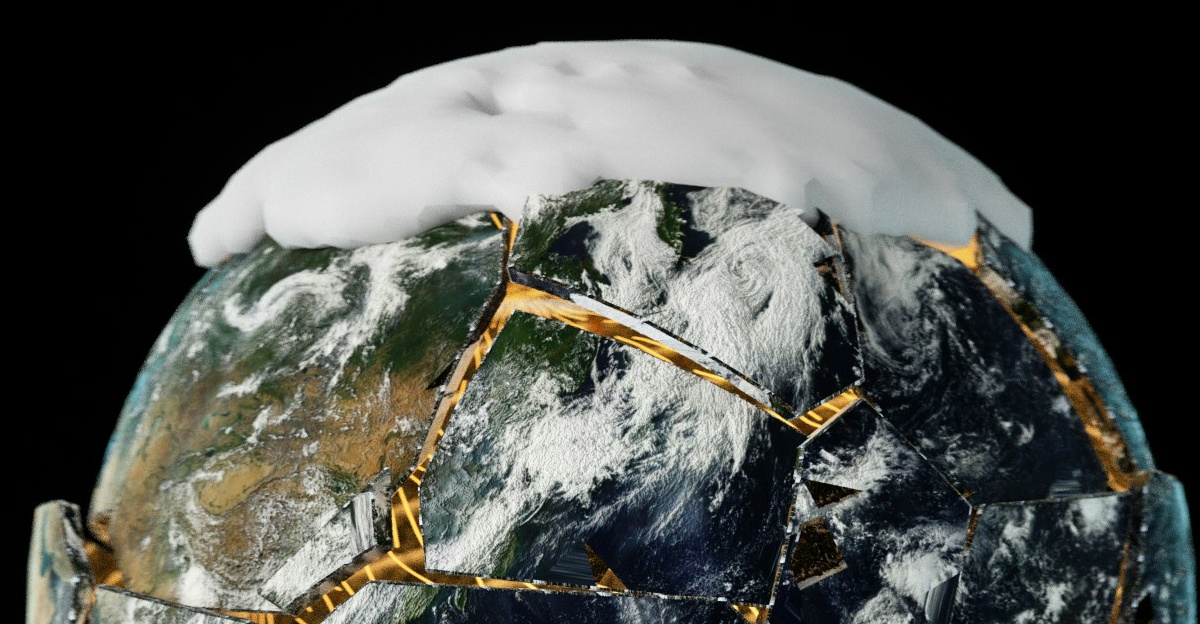
Over the past three million years, Earth has experienced a series of ice ages and warm periods, each dramatically altering its continents and oceans. The regularity of glacial advancement and retreat reveals patterns far older than humanity itself.
“We must honor the lessons of our planet’s history,” remarks Sarah, a local farmer. Past ice ages dramatically influenced ecosystems and human migration. This history underscores not only the power of climatic fluctuations but also the potential consequences if current trends continue unaddressed.
Climate Pressure Rising
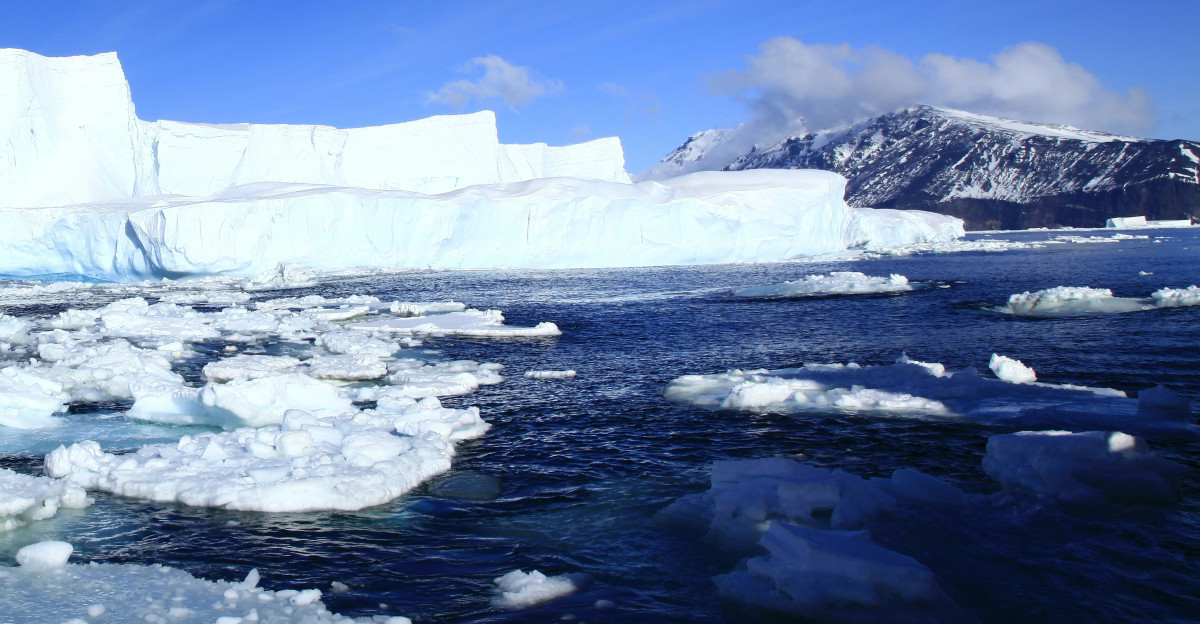
Today’s melting glaciers and increasingly erratic weather patterns reveal a growing tension between natural glacial cycles and human-induced greenhouse gas emissions. “It’s like a race against time,” states Dr. Alice Thompson, a meteorologist.
As scientists urgently seek to understand how human activities might disrupt these ancient rhythms, the looming question becomes: What kind of pressure are we placing on the climate? This quest for answers grows ever more pressing as the stakes entail not just regional but global ramifications for future generations.
The Milankovitch Revelation
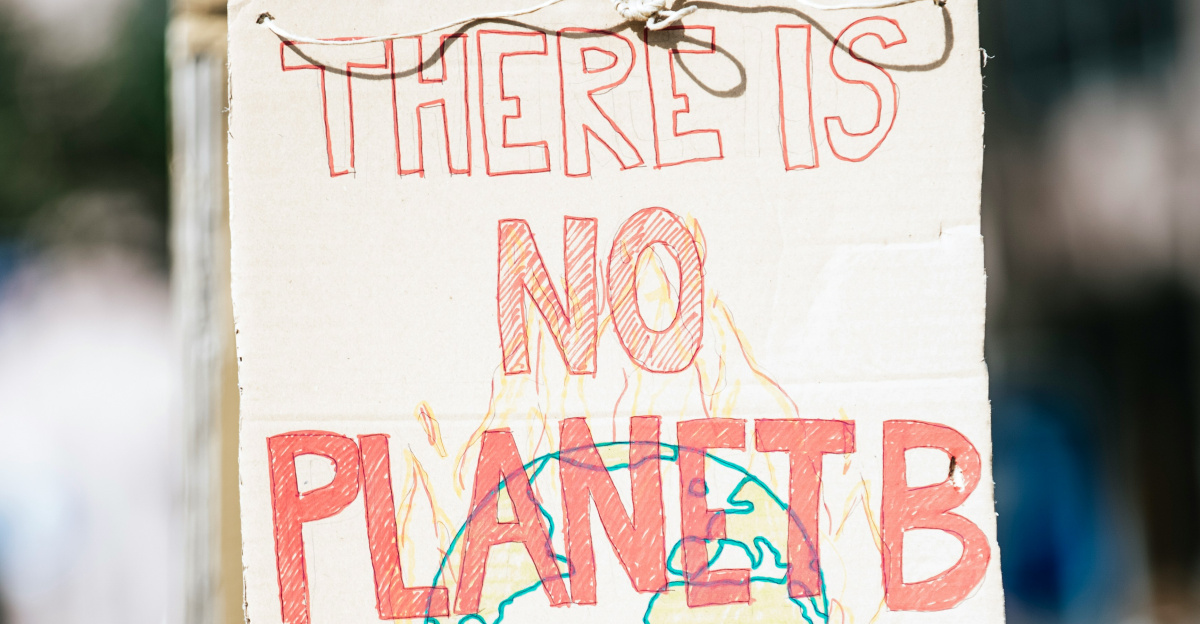
On February 26, 2025, a significant study confirmed that Earth’s orbital position and tilt key components of the Milankovitch cycles could naturally prompt the next ice age in about 10,000–11,000 years. However, this trajectory is now fundamentally altered by contemporary emissions.
“We are treading in unknown territory,” warns Dr. Lisa Parry, an environmental scientist. As we consider our impact on future climates, the juxtaposition of natural patterns versus human influence presents an intriguing, albeit troubling, narrative about the Earth’s climate future.
The Ice Age Impact
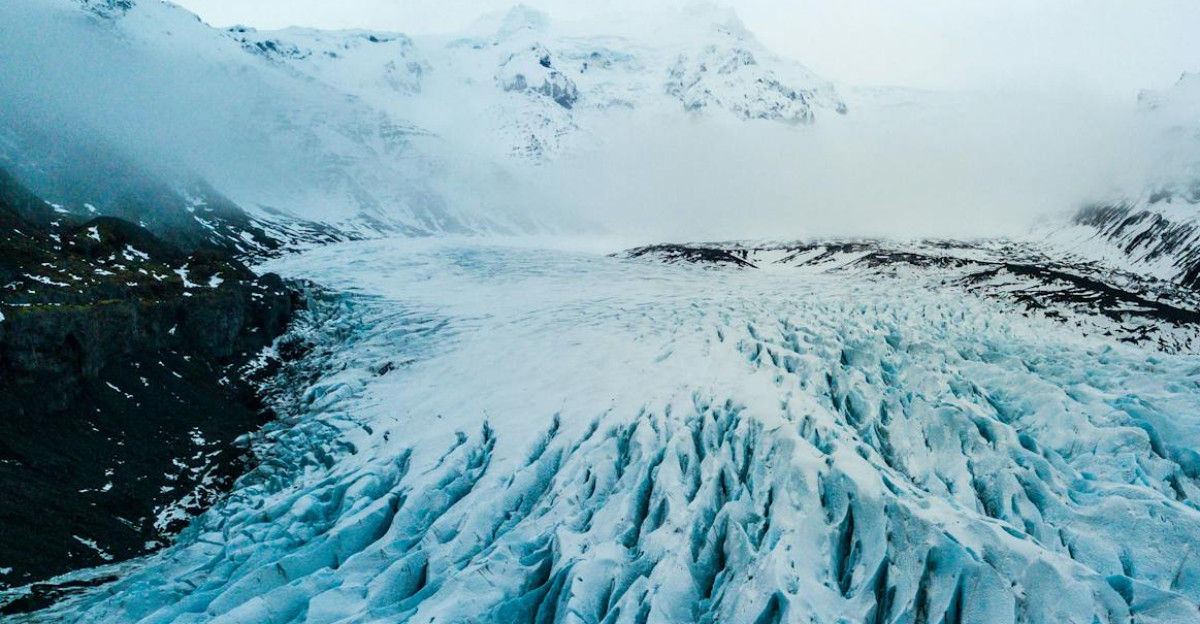
If glaciation were to resume, entire regions now populated by millions could face the dire prospect of being engulfed in ice. “What would happen to our community?” ponders Julia, a resident of a northern town.
Historical ice ages have drastically lowered sea levels by over 120 meters, forcing ecosystems and human settlements southward. A gradual march toward glaciation could jeopardize agriculture, infrastructure, and migration patterns worldwide. Recognizing the profound implications emphasizes the urgency of understanding our climatic pathways better.
Expert Opinions
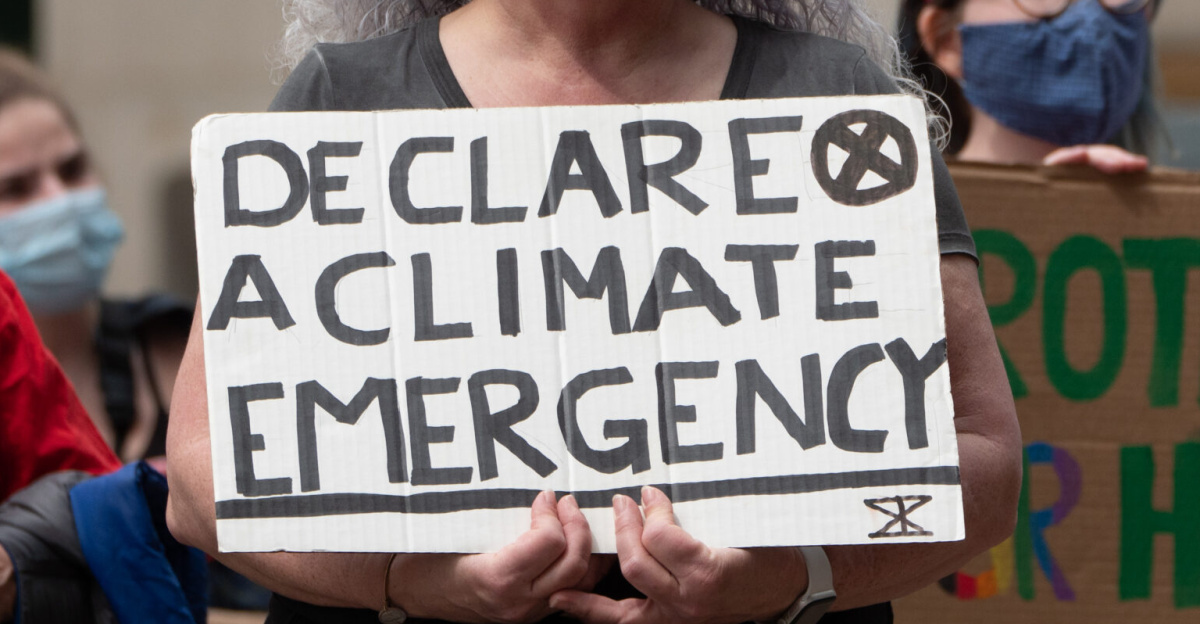
Dr. Lorraine Lisiecki, a prominent paleoclimatologist, states, “Earth’s climate history indicates that without human interference, another ice age would be a certainty.” She further warns that current greenhouse gas levels may indefinitely postpone this natural shift.
“What kind of legacy are we leaving behind?” she asks. These insights have ignited debates regarding our environmental stewardship and the long-term outcomes of our actions on a global scale. The conversation underscores the need for careful action in the face of scientific evidence.
Navigating Policy Challenges
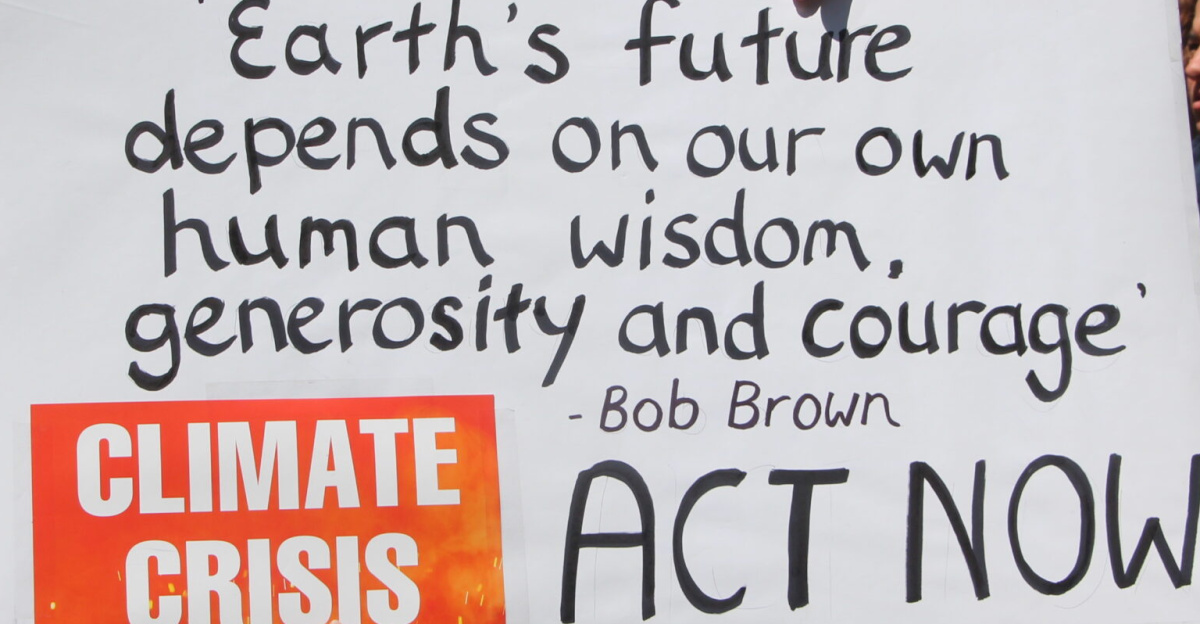
Governments worldwide increasingly focus on climate research, trying to interpret the shifting landscape. Some policymakers fear that aggressive mitigation strategies could inadvertently trigger glaciation, while others prioritize the acute dangers of climate warming.
“We need to find a balance,” insists Marcus, a legislative aide. This evolving policy landscape reflects the complexity of responding effectively while addressing scientific uncertainties. As the stakes rise, the push for informed decision-making becomes even more critical for the future of human society.
The Geological Narrative
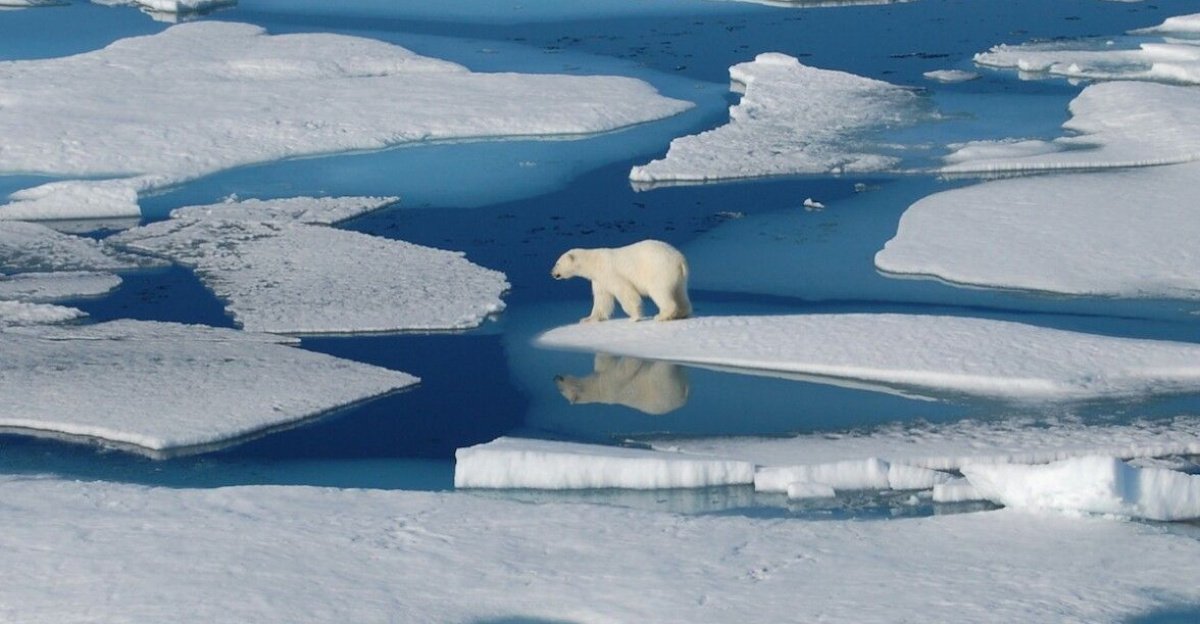
Over the last 800,000 years, ice ages have cycled approximately every 100,000 years, a pattern documented through polar ice cores and ocean sediments. “This history is our guide,” remarks Dr. Jenna Alves, a climate historian.
We are currently in a warm interglacial period that began about 11,700 years ago, presenting a unique opportunity to study the factors that govern Earth’s climate. As more evidence unfolds, understanding these geological narratives becomes crucial for modeling future risks.
The Human Factor
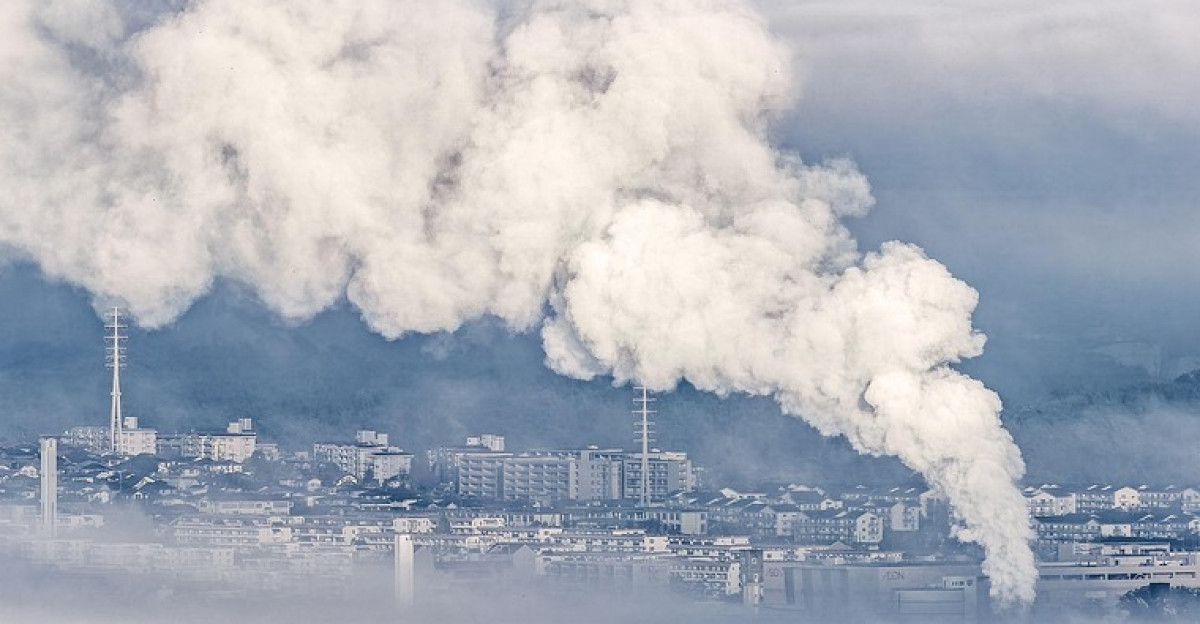
Despite the natural indicators pointing toward an emerging glacial era, human-generated carbon dioxide is likely postponing the onset of the next ice age by tens of thousands of years. “We shape the climate with every action we take,” emphasizes Chris, an environmentalist.
Researchers increasingly agree that the only buffer against massive glacial ice sheets could be our industrial activities. This unexpected twist poses critical questions about human influence and responsibility in shaping not only our environmental landscape but also our future.
Diverging Scientific Opinions
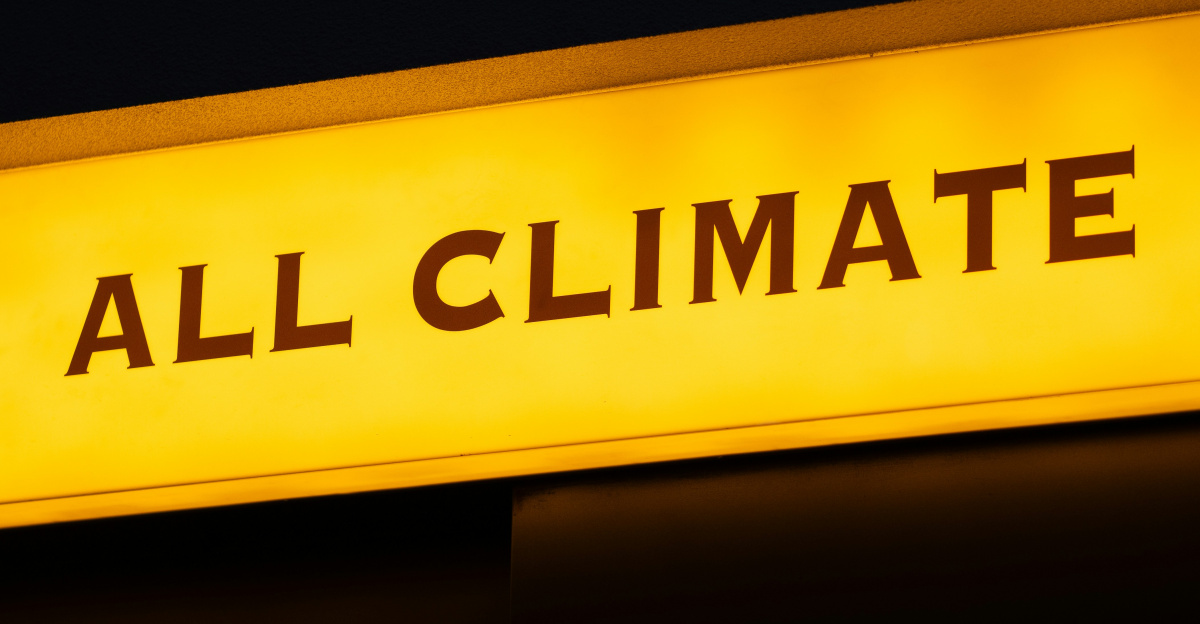
Not all scientists agree on the interpretation of the data surrounding glacial cycles. Some advocate for caution in reading Milankovitch cycles, stressing the complexities involved in differentiating human impacts from natural variations.
“We need to approach these data with nuance,” warns Dr. Roger Hill, an astrophysicist. Minority voices caution against oversimplifying the intricate signals that the climate presents. This ongoing discourse highlights the challenges scientists face in distilling clear answers from an increasingly convoluted climate story.
The Shift in Research
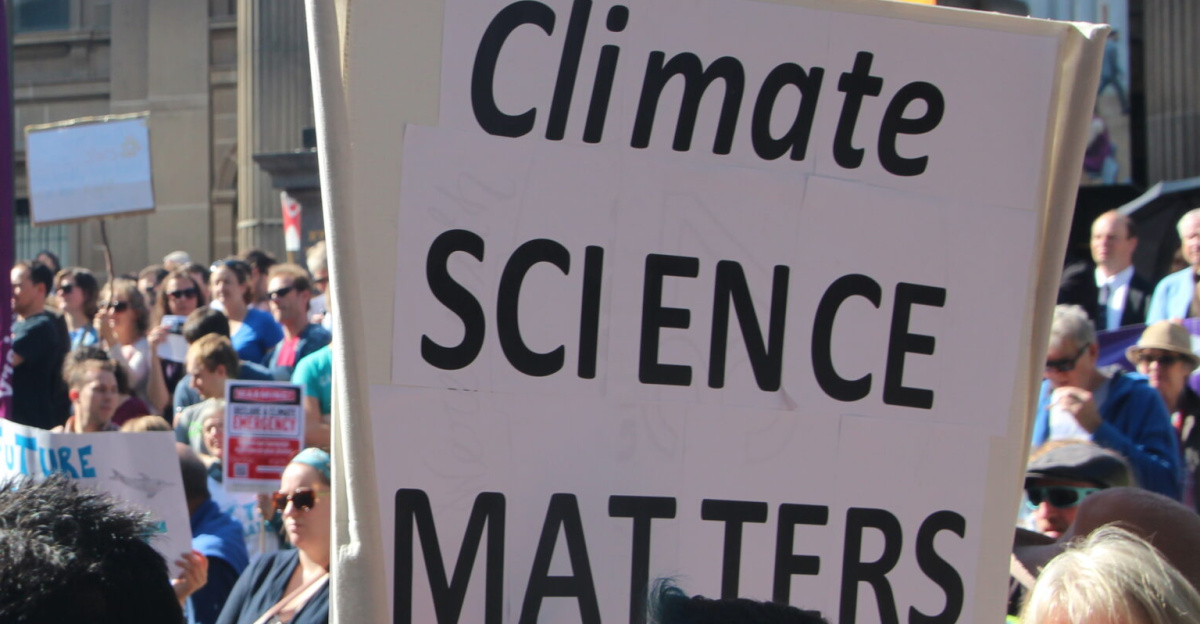
Prominent climate institutes are now reassessing their glaciation models and updating public forecasts based on newly discovered data. “It’s essential to adapt as new insights arise,” states Dr. Naomi Sandoval, a climate modeler.
These shifts often contradict previous projections, emphasizing the evolving nature of climate research. As researchers launch new initiatives, this dynamic landscape signals a real-time adjustment to understanding climate fluctuations, revealing the pressing need for ongoing inquiry and adaptation.
Preparing for Futures
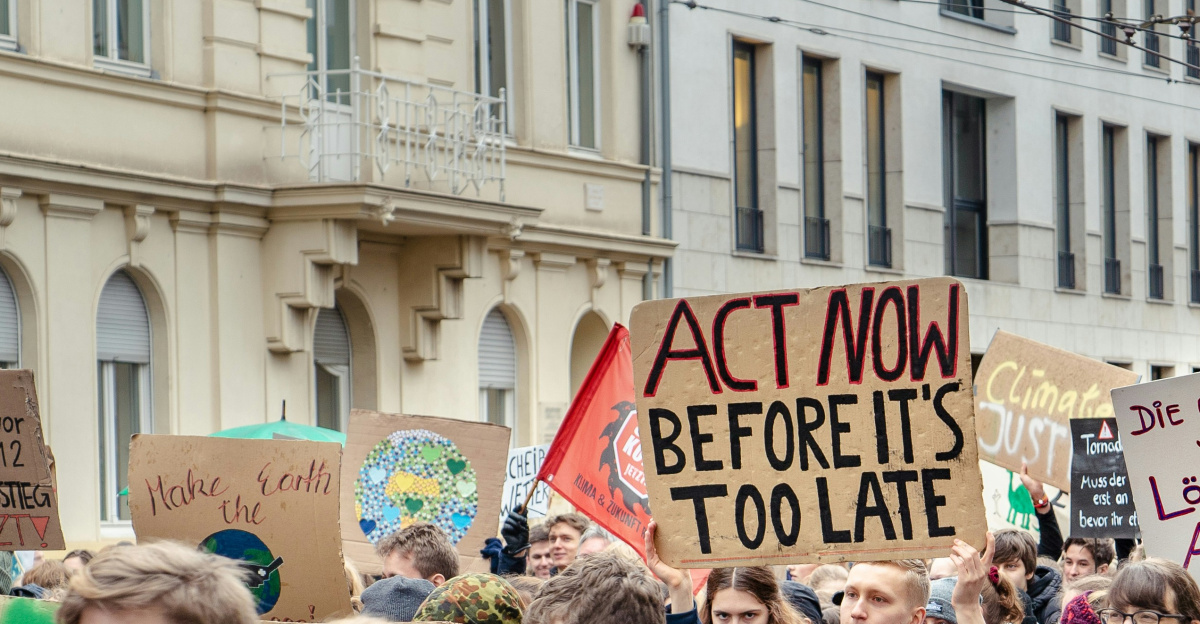
Recognizing the possibility of glaciation, researchers advocate for proactive investments in monitoring systems and adaptive infrastructures. “It’s our responsibility to prepare for low-probability, high-impact events,” insists Tom, an urban planner.
They propose international collaboration to address issues ranging from food security to potential glacial expansion. By building resilience in anticipation, communities can mitigate impacts, embracing a forward-thinking mindset that prioritizes adaptability in an uncertain climate future.
Voices of Doubt
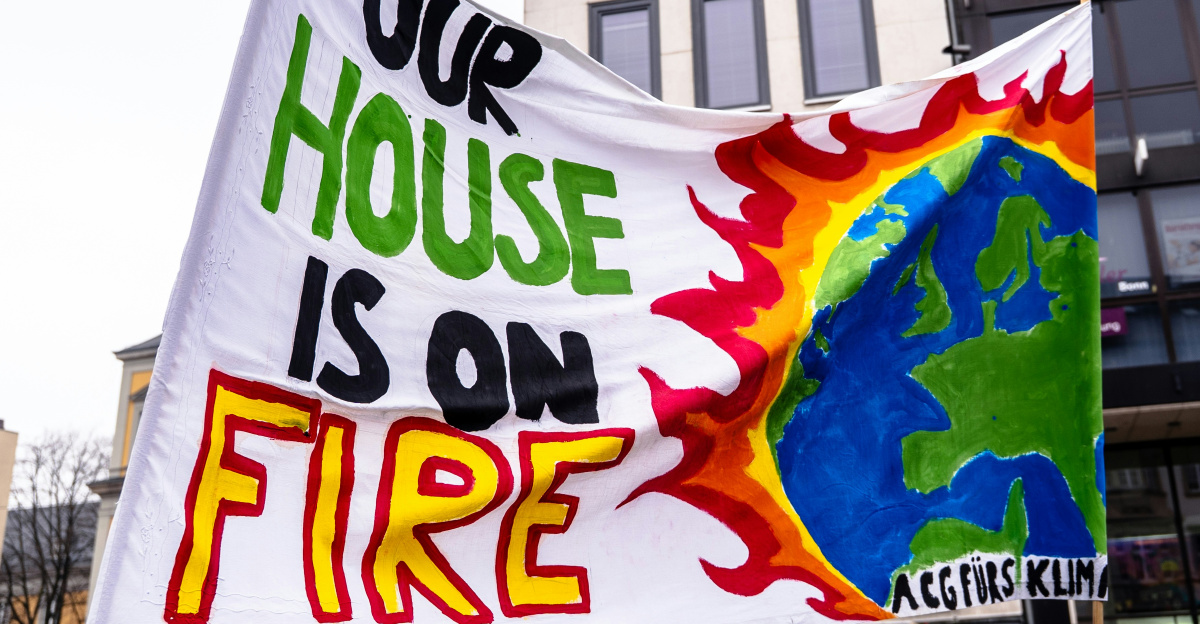
Despite the cautious optimism of some, many climatologists express skepticism regarding the urgency of preparing for renewed glaciation. “The risk of warming is far more immediate,” claims Dr. Klaus Weber, a climate critic.
The prevailing expert consensus emphasizes that prioritizing efforts to combat rising temperatures should remain paramount. This perspective encourages a focused response to the pressing challenges posed by climate change instead of diverting attention toward less imminent threats.
The Influential Question

As humanity grapples with its role in shaping glacial cycles, a pivotal question emerges: Can we truly influence these age-old patterns? “Every choice matters,” conveys Megan, a sustainability advocate. This inquiry fuels both concern and curiosity among scientists and policymakers alike.
How we engage with this multifaceted narrative will determine not only our relationship with the climate but also the legacy we leave for future generations. The journey toward answers is just beginning, with an engaged world holding its breath.
Climate Education’s Role

Education emerges as a crucial tool in navigating the climate conversation. “Understanding our planet’s past is key to protecting its future,” stresses Dr. Sarah Lin, an educator. Incorporating climate science into curricula empowers future leaders with the knowledge to act responsibly.
By nurturing a deeper awareness in youth about these complex issues, society can develop informed advocates capable of addressing ongoing environmental challenges, strengthening the connection between historical understanding and action for the future.
Global Collaborations
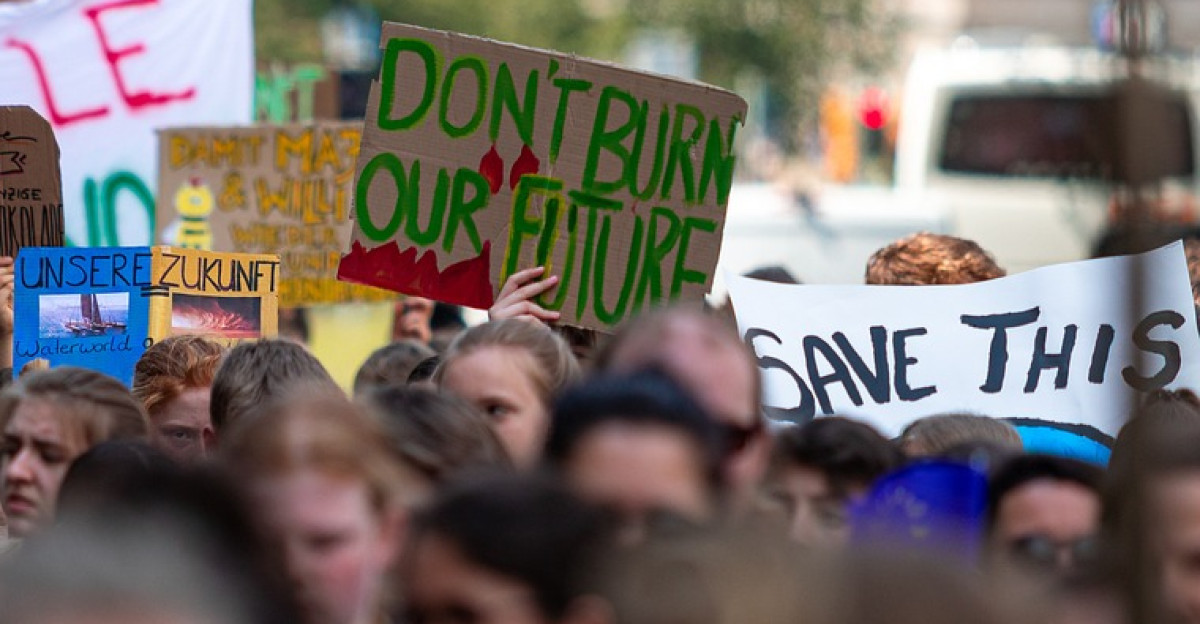
International cooperation is essential for tackling climate change effectively. “We’re all in this together,” asserts Maria, an environmental policy expert. Several countries are working collaboratively to share data, strategies, and technology in monitoring climate patterns and their impacts.
This united front enhances understanding and fosters innovation, showcasing how collective action could drive forward-thinking solutions while addressing both climate warming and glaciation risks. The collaborative spirit is crucial to safeguarding the planet’s future.
Technology As A Tool
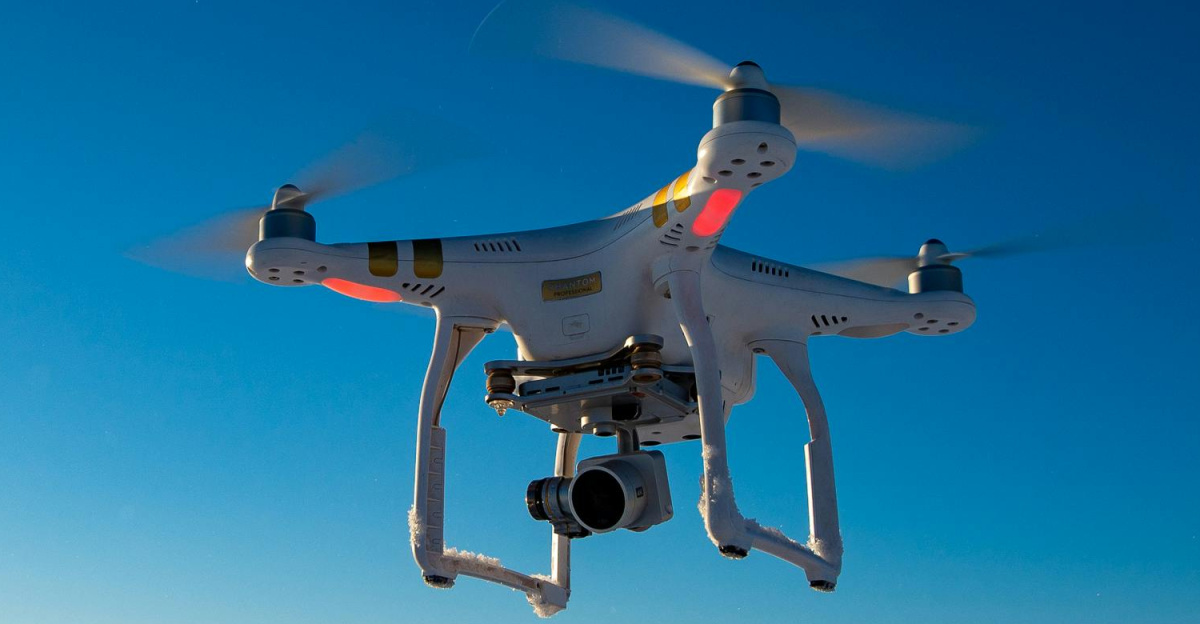
Advancements in climate technology are offering new opportunities to monitor changes and mitigate impacts. “Technology can be a game changer,” notes Ben, a tech innovator. From remote sensing to advanced modeling techniques, modern tools empower researchers and policymakers to make informed decisions.
By leveraging technology, solutions can be developed that are not only data-driven but also adaptable to shifting climatic landscapes. This innovation holds the promise of transforming how humanity responds to both warming and potential glaciation.
Public Engagement
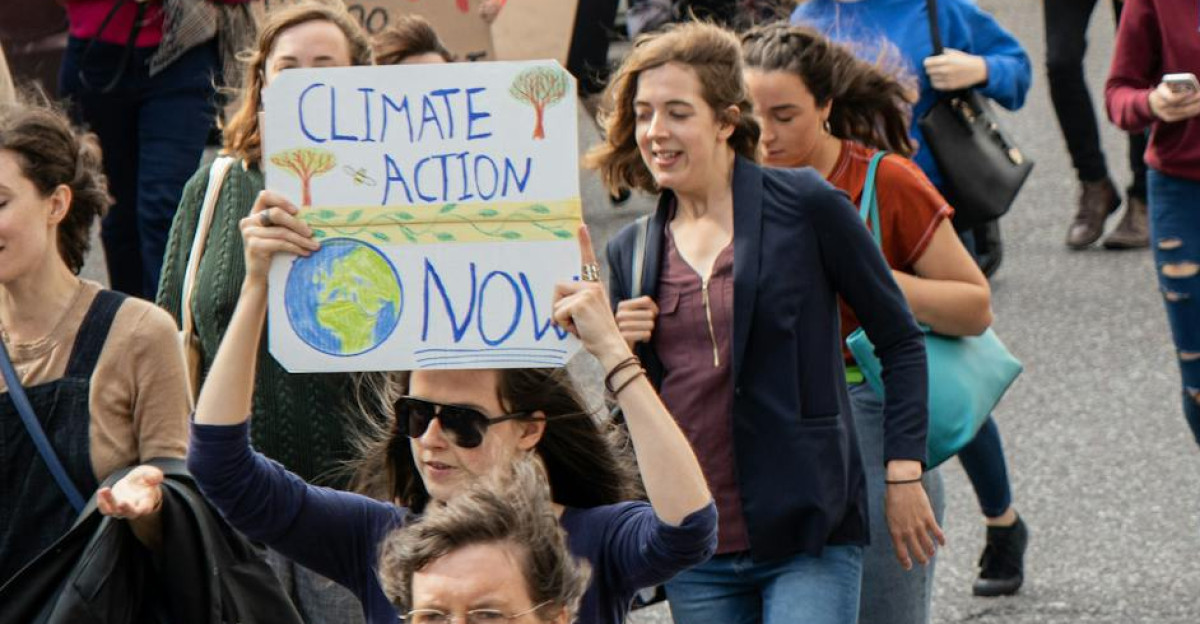
Public awareness and engagement are vital in the pursuit of climate solutions. “We need to bring people into the conversation,” emphasizes Jasmine, a community organizer. Engaging communities in dialogue encourages collective responsibility toward environmental stewardship.
By empowering individuals to understand their impact on climate change, society can catalyze action in addressing both immediate and longer-term climate threats, creating a stronger, more resilient public front aimed at navigating the intricacies of our planet’s future.
Embracing the Future
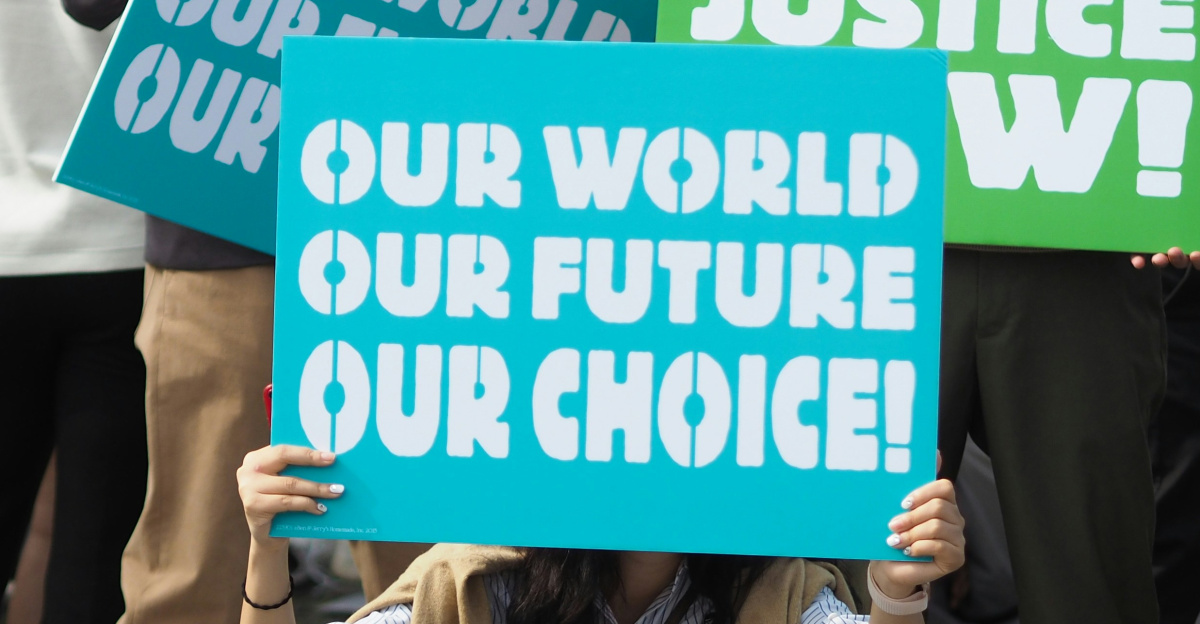
As the intricacies of climate science unfold, humanity stands at a critical juncture. “Now is the time to act,” states Greg, a climate activist. Understanding the complex relationship between human actions and climate cycles is crucial for fostering the resilience needed to navigate an uncertain future.
Each decision we make today shapes the world of tomorrow. As stewards of this planet, we must embrace our role and forge a path forward that balances proactive measures against both warming and glaciation.